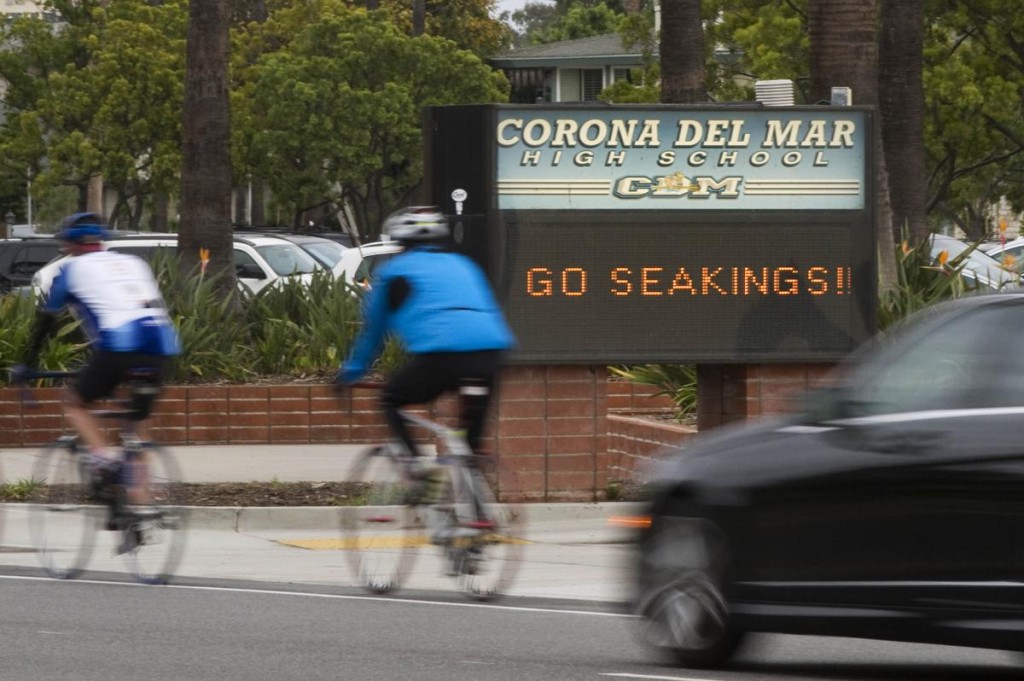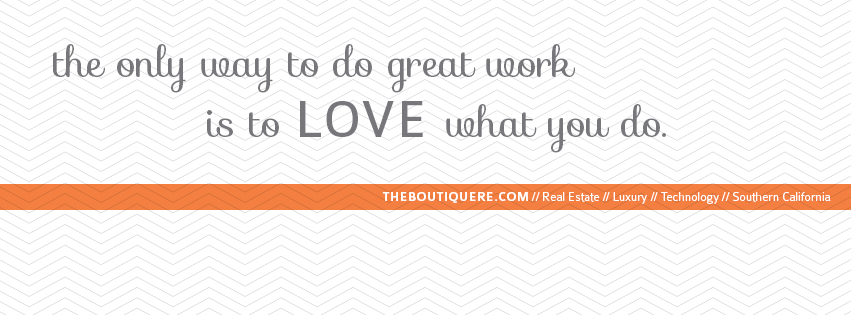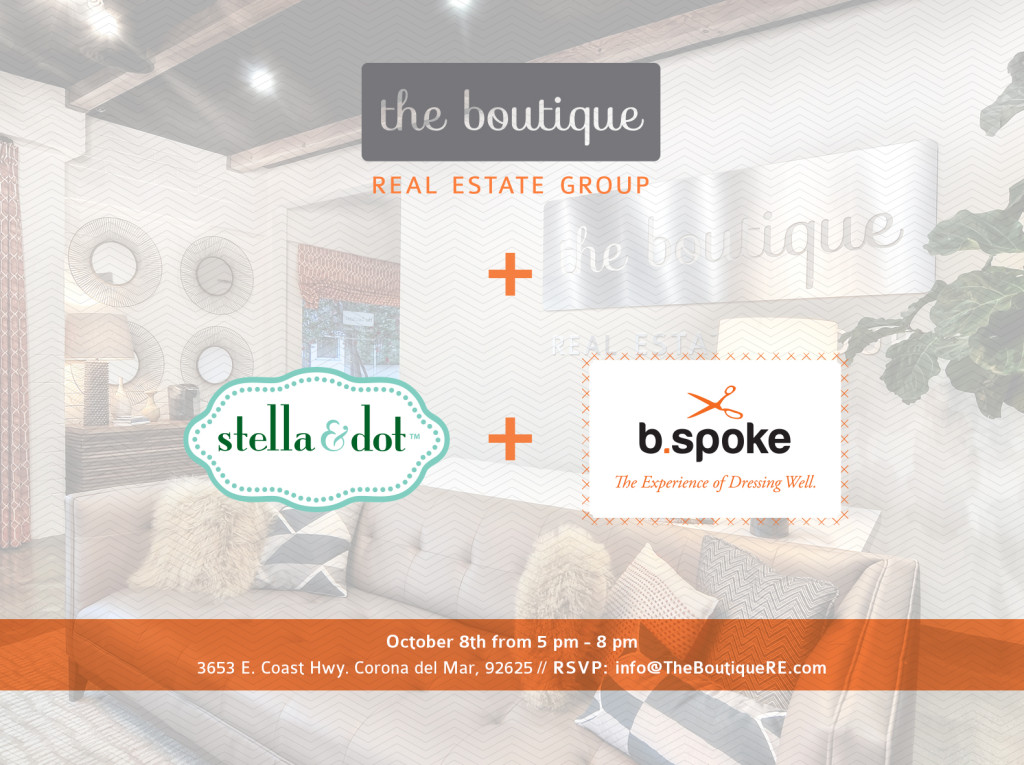via inman
Adjust your marketing funnel
-
You have only moments with your prospect to educate and nurture the prospect enough times to get them to choose to do business with you.
-
Recently, Raj Qsar outlined a more complex, but comprehensive, view of the modern marketing funnel in a Facebook post.
-
A savvy agent will master the paradox of appearing hyperlocal but also being everywhere.
Things progress toward chaos — that’s just how it is. It is the Second Law of Thermodynamics.
But it doesn’t just apply to physics. In the world of real estate and online lead generation, the chaotic state is increasing.
An increasingly chaotic environment
Most international telecommunications agencies estimate that more than 3 billion people are using the internet. Between smartphones, tablets and desktops, there is a good chance that your next client is online right now.
But with a bombardment of banners, popups and ad word choices filling the margins of their screen, how are real estate agents going to grab potential clients from cyberspace and bring them offline, where the lead becomes your client?
Is your head still lingering in the circa 2006 cyberspace, where you register a domain and start a website with a landing page that forces people to register?
An obituary for this bygone process might read like this: beloved agent bought a lead capture website from one of the hundreds of real estate website providers, ran some Google AdWords or general Facebook ads that linked back to a landing page and watched the leads roll in.
Some very successful agents still swear by the simplicity of this method and utilize a widely cast net of web presence. Expert agents build sites with offers to buyers and sellers and then run their offer everywhere — Craigslist, Instagram, Facebook, blogs and search engines.
Once stuck in the web, prospects are now tied to the landing page, pushing them right into the agent’s customer relationship management system (CRM).
But again, the system is getting increasingly chaotic, so simply spinning a web on the internet and waiting for a client to fly into it is not enough.
Like sand through the hourglass
Funneling leads has gotten more sophisticated as attention has become an increasingly precious commodity.
Agents are establishing what are called marketing funnels. Think of sand through the hourglass (unless you are having a midlife crisis, then think of something else) — there is a lot of sand in the top of the hourglass, but only a few grains trickle down at a time.
For a moment, single grains are falling, unique and isolated, before they land and get lost in the sandy shuffle. So it is with the faceless, nameless and impersonal masses of potential clientele on the web.
Funneling, then, sounds a bit too automated. It is not so simple, and it requires the lead nurturing of agents and inside sales agents (ISAs) through phone calls, voicemails, text messages and emails.
You have only moments with your prospect — while that sand is falling from the mass of grains — to educate and nurture the prospect enough times to get them to choose to do business with you.
Your marketing funnel can have singular sources or many. There are the sources online that we discussed above.
Classic ads and print mail can also drive your leads to landing pages where, hopefully, the lead registers, and, generally, they get an automated response from the agent’s CRM.
This then sends the agent an alert, and the CRM continues to follow up with the lead until they respond.
An effective hyperlocal approach
But, in a recent post to the Facebook group Lab Coat Agents, Raj Qsar outlined a more complex (but comprehensive) view of the modern marketing funnel — the necessary paradox of appearing hyperlocal, but also everywhere.
Note the current web of interconnectivity necessary today to get in front of a prospect and stay there until they are a client.
This is where the digital lead machine comes to fruition. Qsar’s example is specific to Zillow’s platform:
- Lead registers via your online portal.
- Agents are notified via text or email (contact receives a notification as well — a phone call from a live assistant in under five minutes).
- They are transferred to an ISA.
- Prospect is uploaded (generally this is automated) to the agent’s CRM.
- CRM drips lead content such as stats, blog posts, events, etc.
- Prospect is uploaded to listing alert software.
- Zillow adds contact into drip campaign with 19 touches in 30 days.
- Ideally, you also have a retargeting digital ad campaign in the same ZIP code or city where this lead is looking, so you are “following them around the web” with your digital advertisement (various ads) creating brand and agent recognition.
- Print mailing campaigns in the same ZIP code or city as the initial lead.
- The print mailing has a lead capture landing page and retargeting pixel so you can follow them around the web.
- Handwritten letters are sent to any leads interacting with your marketing, and emails, generated from sign-ups or subscriptions, are dispatched weekly or monthly depending on volume.
- The more data received from these leads, the more you can hone and focus social media marketing campaigns, like city or ZIP targeted Facebook ads, Facebook groups and broader Google Ads to cast a wider range of coverage.
At this point, it is time to get local — get seen! Take the hyperlocal campaign from the web, where your ZIP code specific prospects are seeing your presence, to the streets — to “real life” through local appearances and events.
We asked in the opening paragraph: how do you pluck a prospect from the web?
Well, sometimes you need to make your presence known on the web through focused marketing efforts, and then move yourself from cyberspace into the real world.
This is where the moment of realization occurs for your prospects: “Hey, I’ve seen those ads, those emails, mailers, listings, etc. Let’s talk.”
If the commodity is a moment of attention — the moment the sand is falling from the hourglass — then focusing your digital lead machine with the above-mentioned tweaks could make all the difference.
Dale Archdekin is the founder of Smart Inside Sales and the current director of lead generation for Global Living Companies at Keller Williams in Philadelphia. Follow him on Facebook or checkout his Facebook group.
























